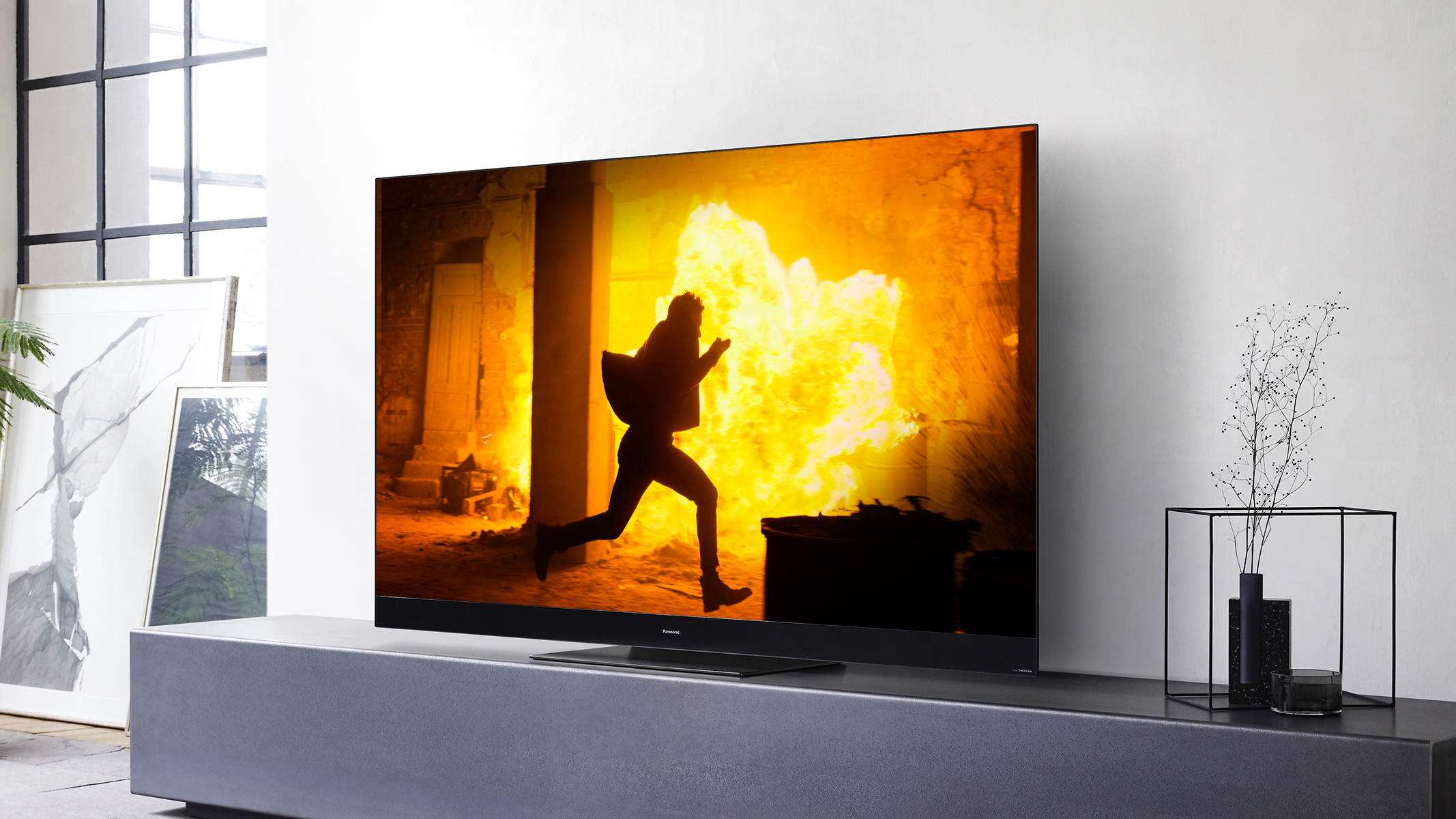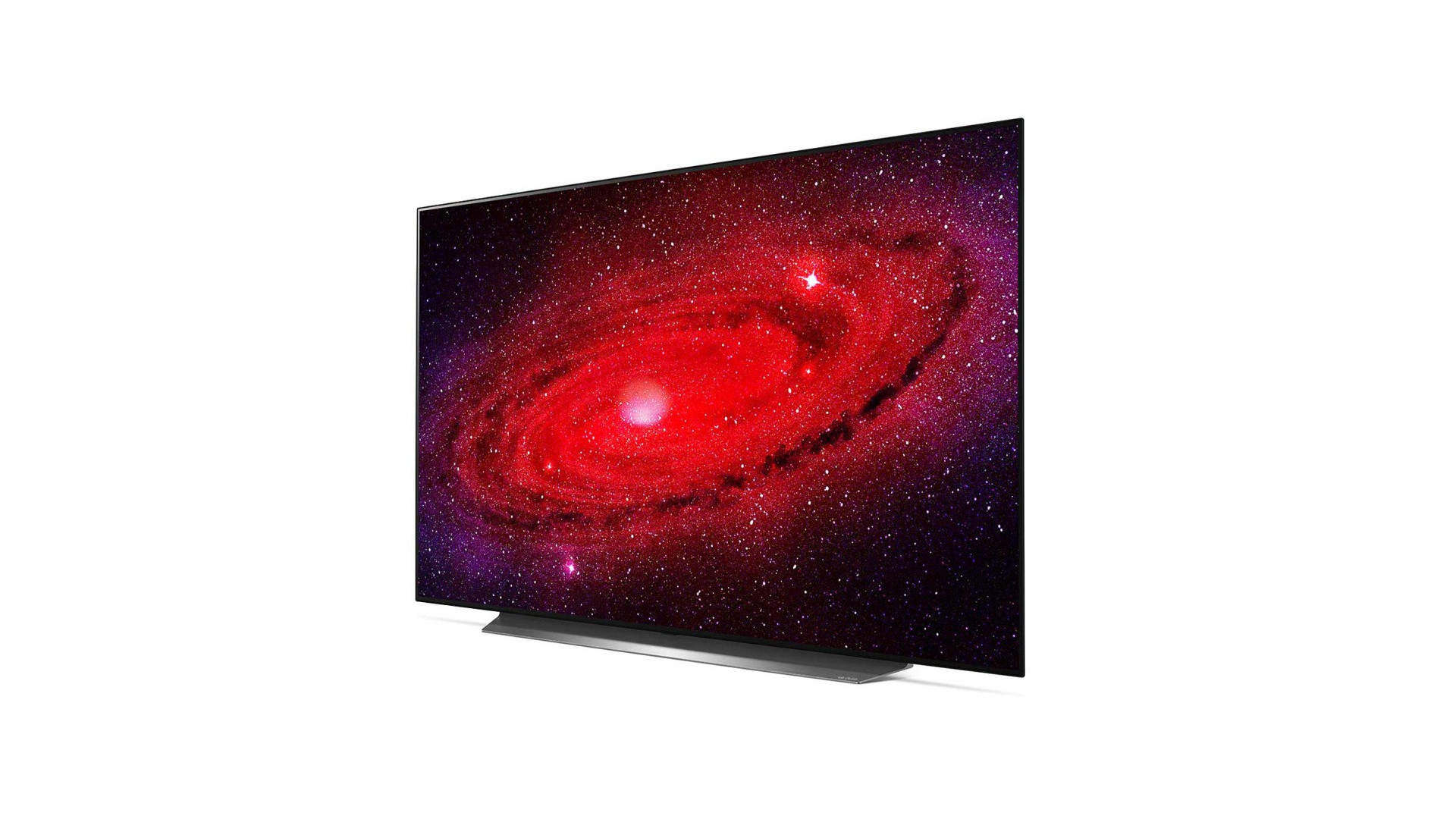

With the PlayStation 5's launch day announcement imminent, and the Xbox Series S and Xbox Series X already having launch days and prices, lots of people will be looking for the best TV possible to make their most of the next-gen visuals.
• Where to buy PS5
• Xbox pre-orders – get in early!
We've just crowned the Panasonic HZ2000 as the best OLED TV on the planet thanks to having a unique panel that gives it better HDR performance than another OLED set, but it hasn't made its way onto our list of the best gaming TVs, because it's missing a few key features. Oh, and it also isn't available in the US, so this whole article goes double there – but we recommend the best alternatives below.
The two features we were really looking for are support for 4K video at 120fps over HDMI, and Variable Refresh Rate (VRR) support. 4K at 120fps is the big one, enabling games to output twice as many frames per second, which can make animation look as smooth and crisp as real life, but also means that what you see on screen responds more quickly to input, because the frame is updating more times per second.
VRR is a system that's also about frames per second and keeping things clear – it basically means that the TV only refreshes the panel with a new frame when the console tells it that a new frame is ready to show. Without this tech, if the TV tries to show new frames at a steady pace but the console has had to drop the frame rate slightly because some especially fancy graphical effects are happening, they get out of sync, and you can end up being shown half a new frame and half an old frame, so things look odd.
To combat this in the past, console games have usually been strictly locked to set framerates, but this limits what kind of graphical effects can be included. With this tech in the console and TV, it's okay if the framerate changes slightly, giving more freedom to developers.
What should I buy instead?

We're keen for PS5 and new Xbox buyers to factor in these features when buying their new TV, because having them means you won't miss out on what the new consoles can offer.
Get all the latest news, reviews, deals and buying guides on gorgeous tech, home and active products from the T3 experts
However, while the Panasonic HZ2000 isn't bad for gaming in a broad sense thanks to its low latency and incredible image quality, it's a really really expensive TV, and you can buy TVs that aren't far off in image quality for around half the price, and that are packed with every next-gen feature.
If you want the rich contrast of OLED and with every major gaming feature, look to the LG CX or LG BX.
In our full five-star LG CX review, we talk about how damn great its image quality is, and how it supports every major gaming feature on all four of its HDMI ports. That includes Dolby Vision and Dolby Atmos, which Microsoft has revealed will be supported by the next Xboxes for games.
The LG BX is a more budget version of the CX, shaving hundreds off in exchange for picture quality that isn't quite as advanced, but is still excellent. But you still get all the gaming feature support.
• LG CX vs LG BX: the differences explained
Sony's XH9005 (UK)/X900H (US) TVs will be maybe the most popular TVs for PS5 fans, given that it will support every next-gen feature, and is cheaper again. It's an LCD TV, rather than OLED, and makes the most of that with bright images and solid contrast from local dimming. The only current catch is that it doesn't currently support these next-gen gaming features – they're coming in an update. Read all about it in our full Sony XH90/X900H review.
Meanwhile, Samsung has a whole range of TVs with next-gen feature support, all in its QLED range, so you can take your pick on price and size. The Samsung Q70T starts things off at the cheaper end, then the Samsung Q80T steps this up with a higher-quality panel, then the Samsung Q90T is basically the best 4K LCD TV around. Read our full Samsung Q80T review or Samsung Q90T review for all the details.
- The best 32-inch TVs – perfect for bedrooms and offices
- The best 43-inch TVs – great entry-level 4K sets
- The best 48- to 50-inch TVs – beautiful mid-size 4K TV sets
- The best 55-inch TVs – premium TVs that still fit most living rooms
- The best 65-inch TVs – beautiful big-screen TVs
- The best 75-inch TVs – giant 4K and 8K TVs packed with features

Matt is T3's former AV and Smart Home Editor (UK), master of all things audiovisual, overseeing our TV, speakers and headphones coverage. He also covered smart home products and large appliances, as well as our toys and games articles. He's can explain both what Dolby Vision IQ is and why the Lego you're building doesn't fit together the way the instructions say, so is truly invaluable. Matt has worked for tech publications for over 10 years, in print and online, including running T3's print magazine and launching its most recent redesign. He's also contributed to a huge number of tech and gaming titles over the years. Say hello if you see him roaming the halls at CES, IFA or Toy Fair. Matt now works for our sister title TechRadar.